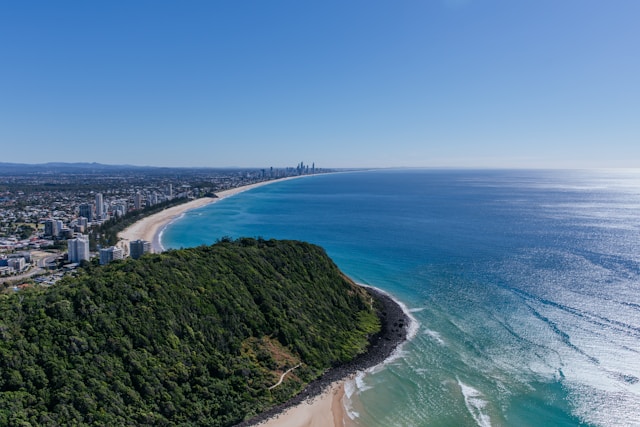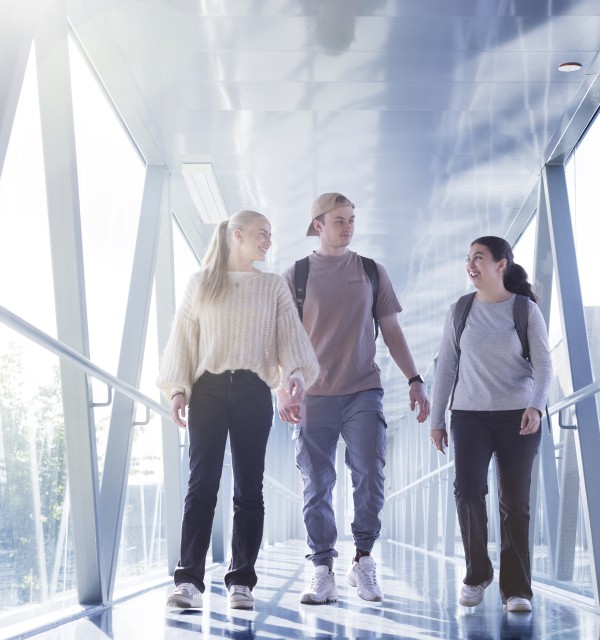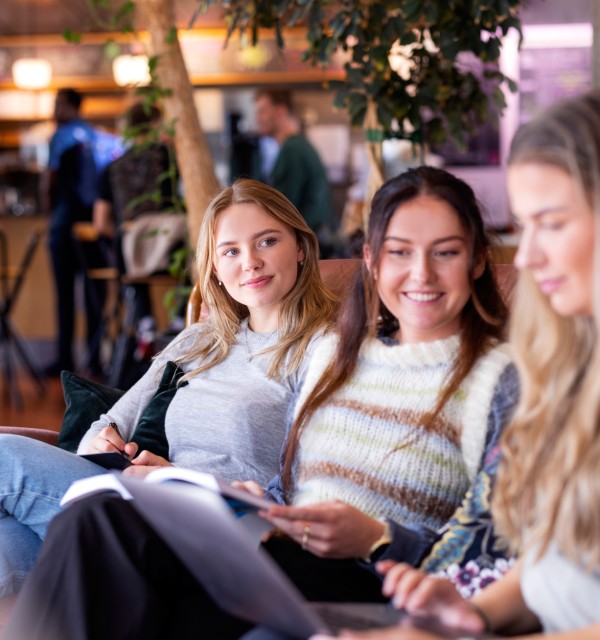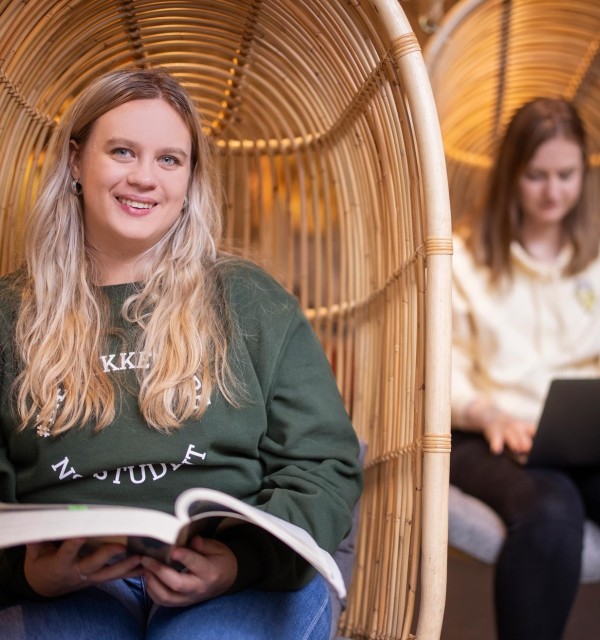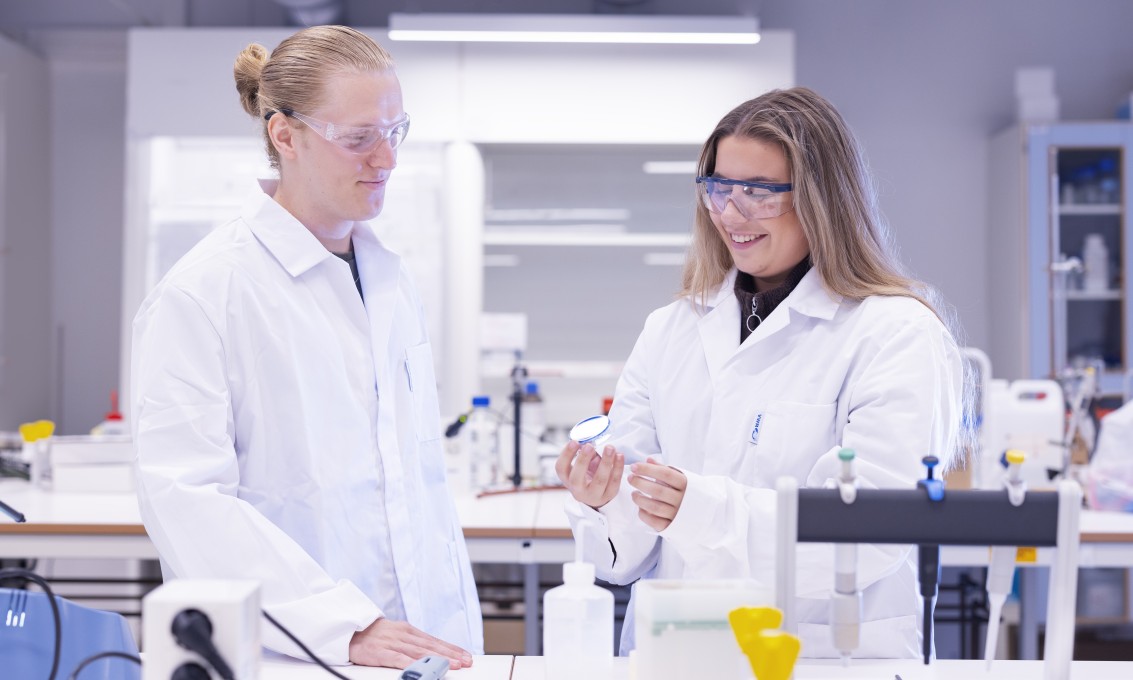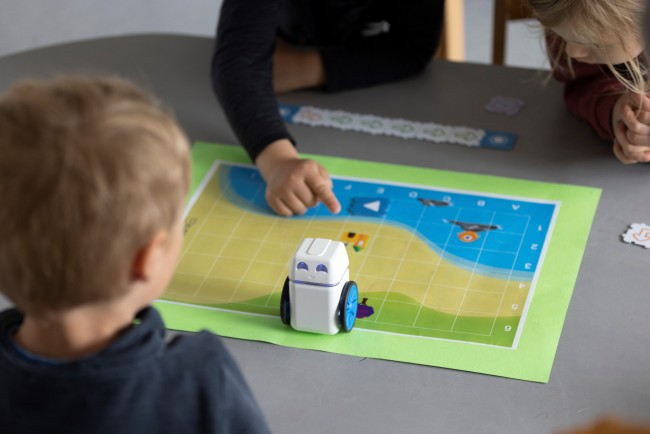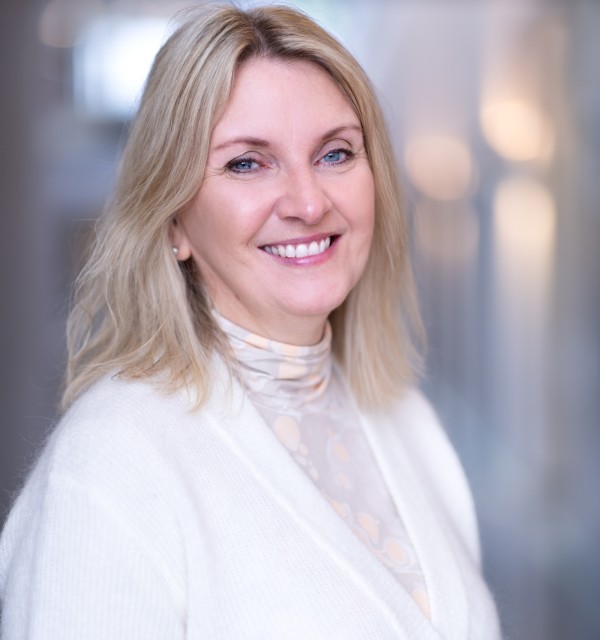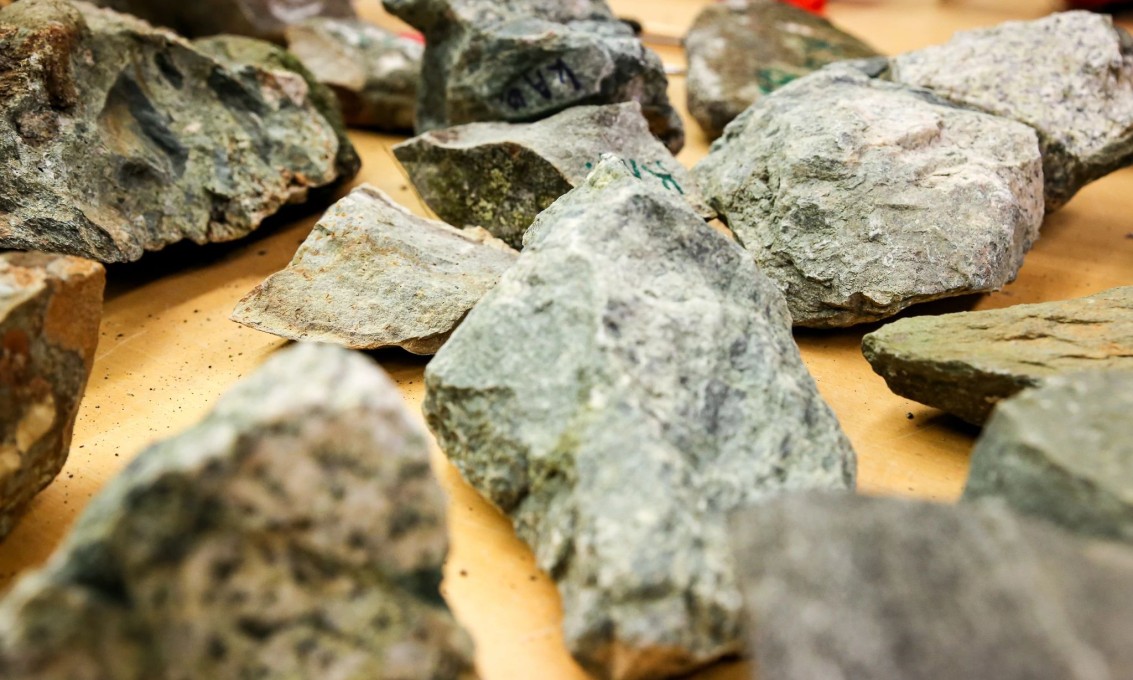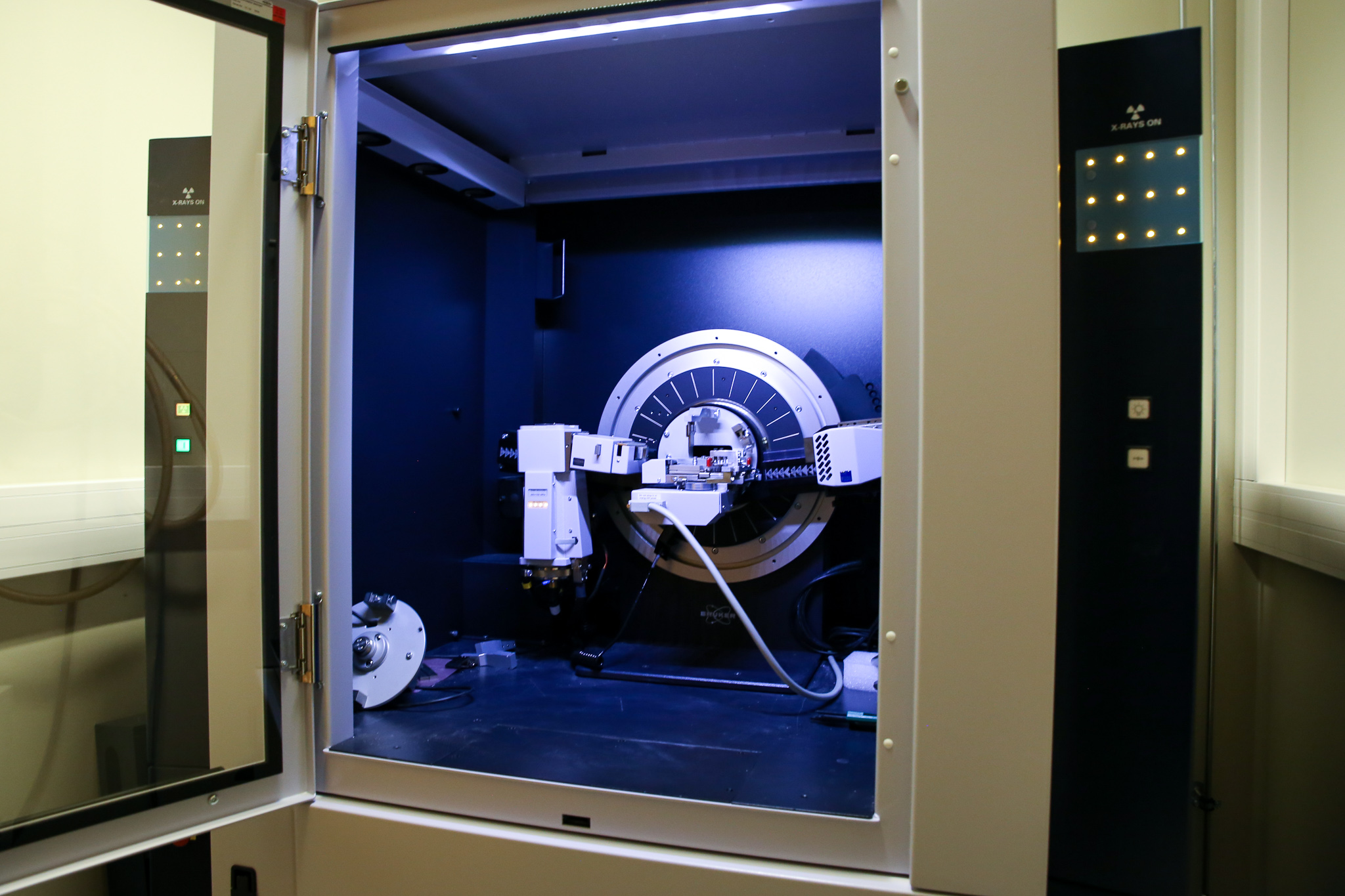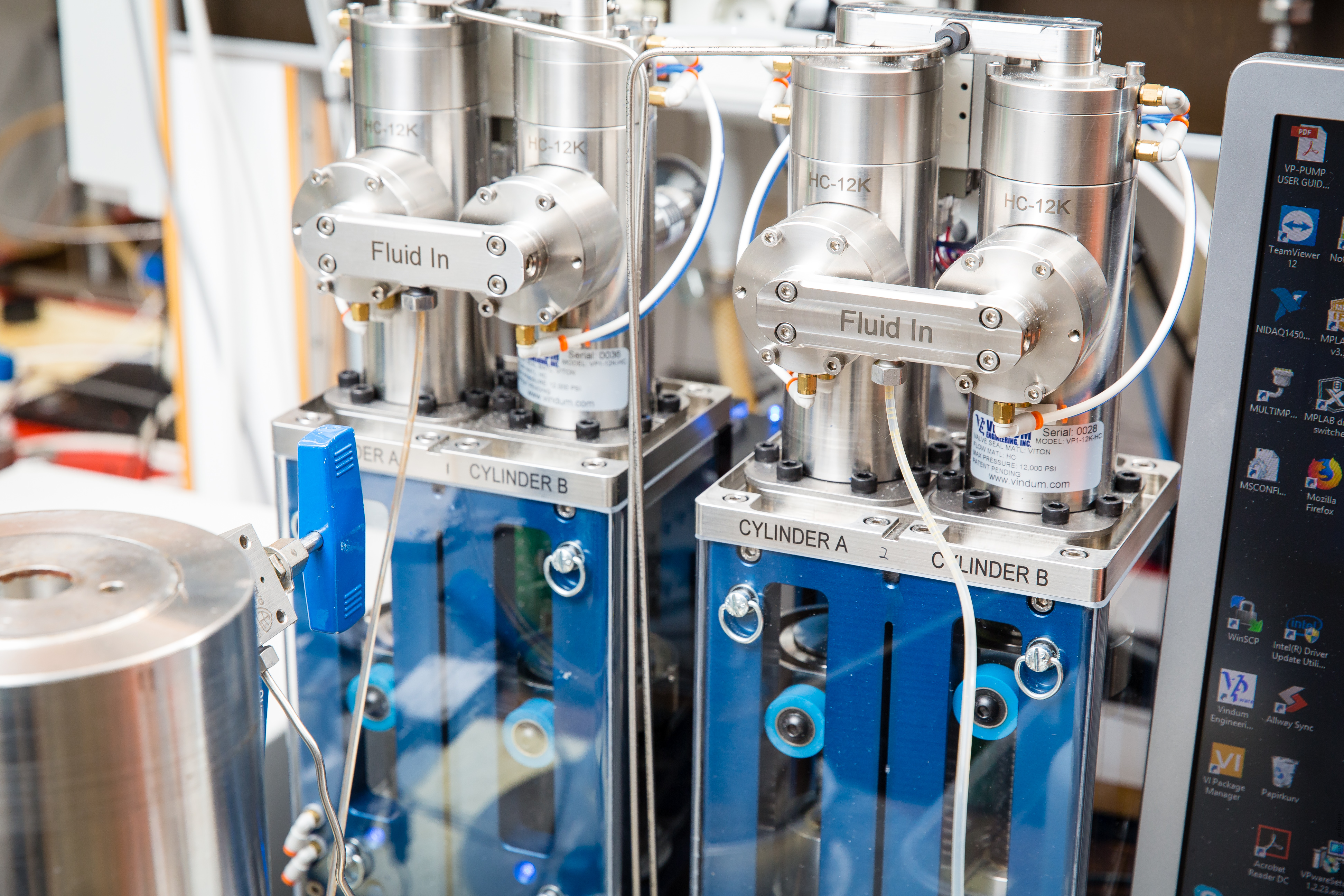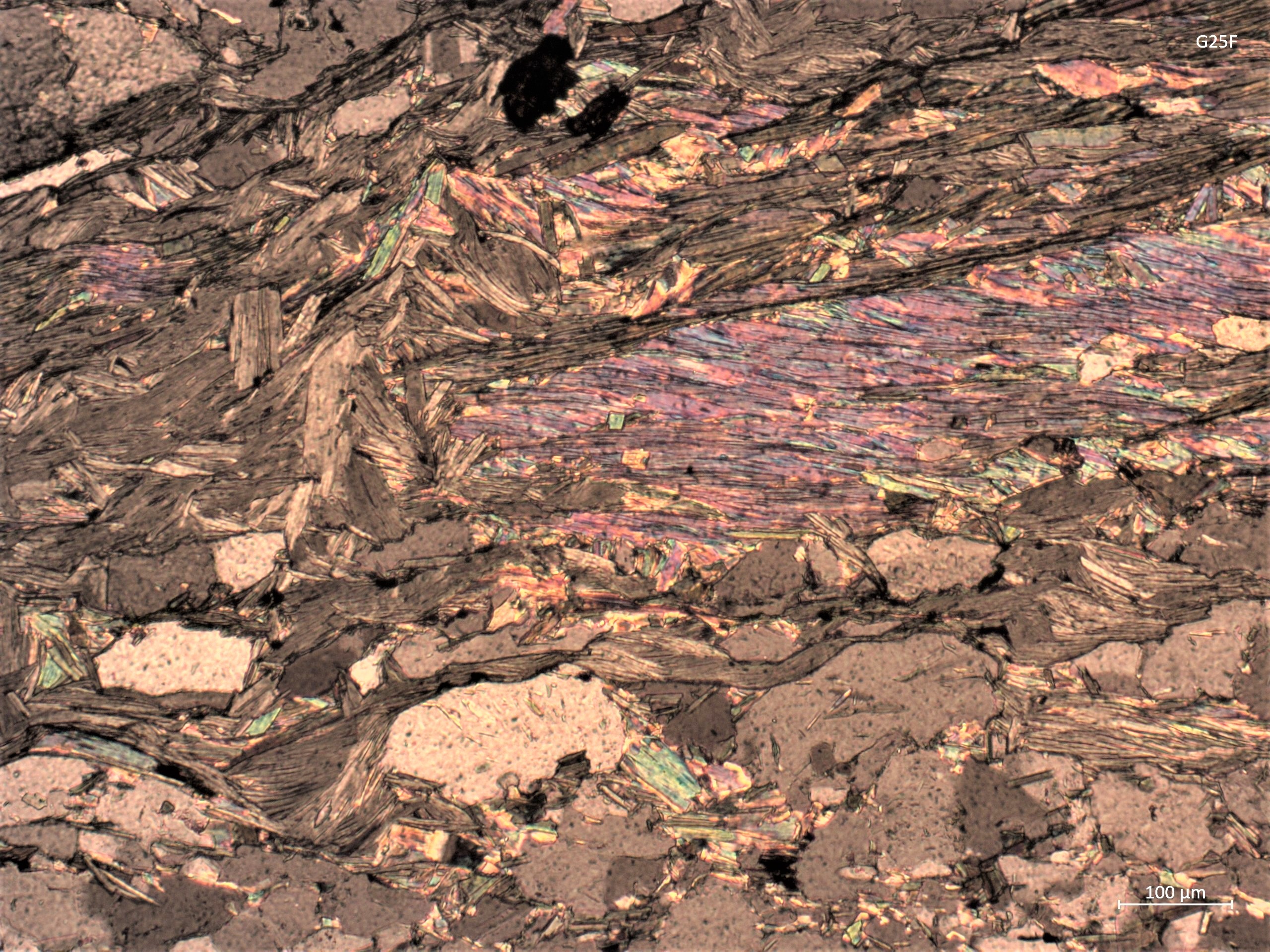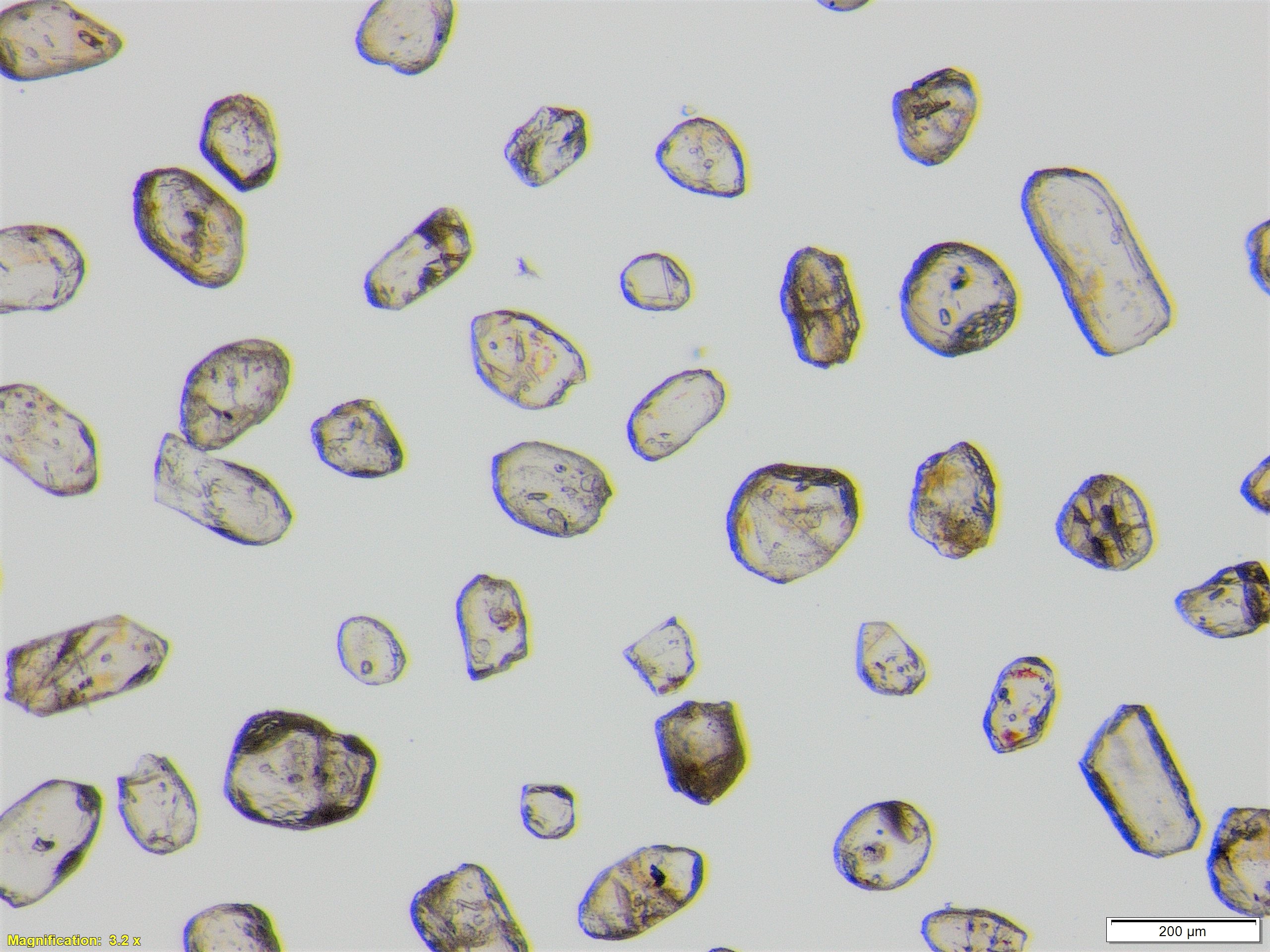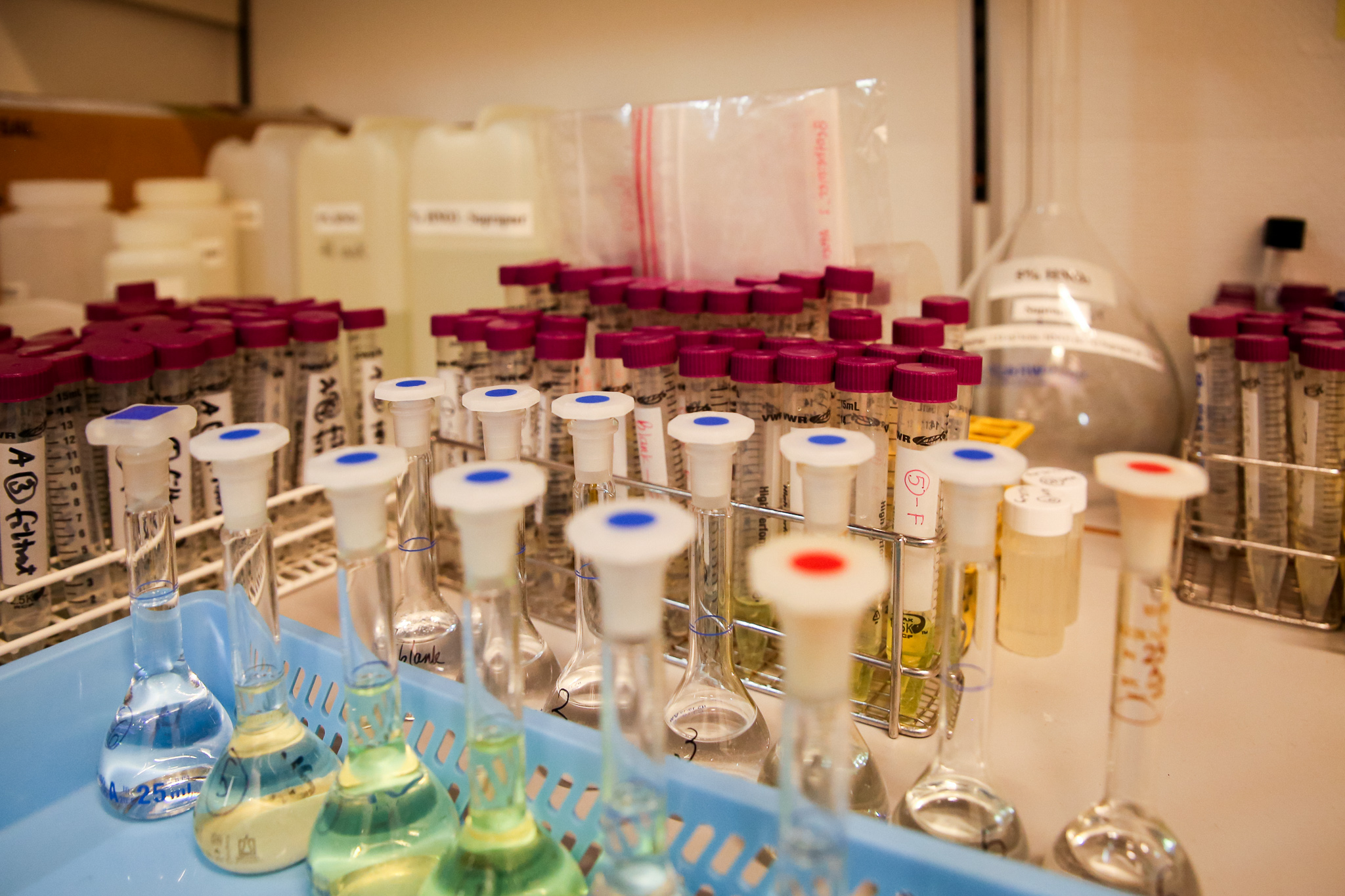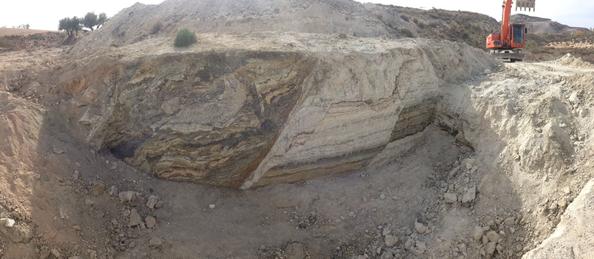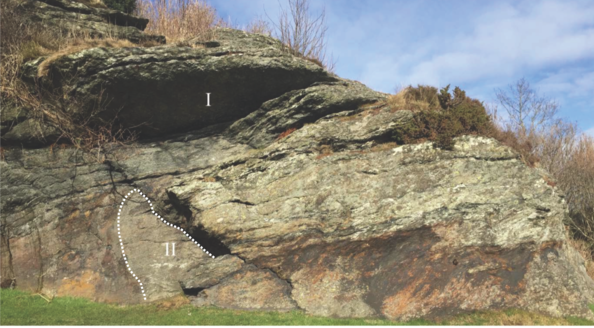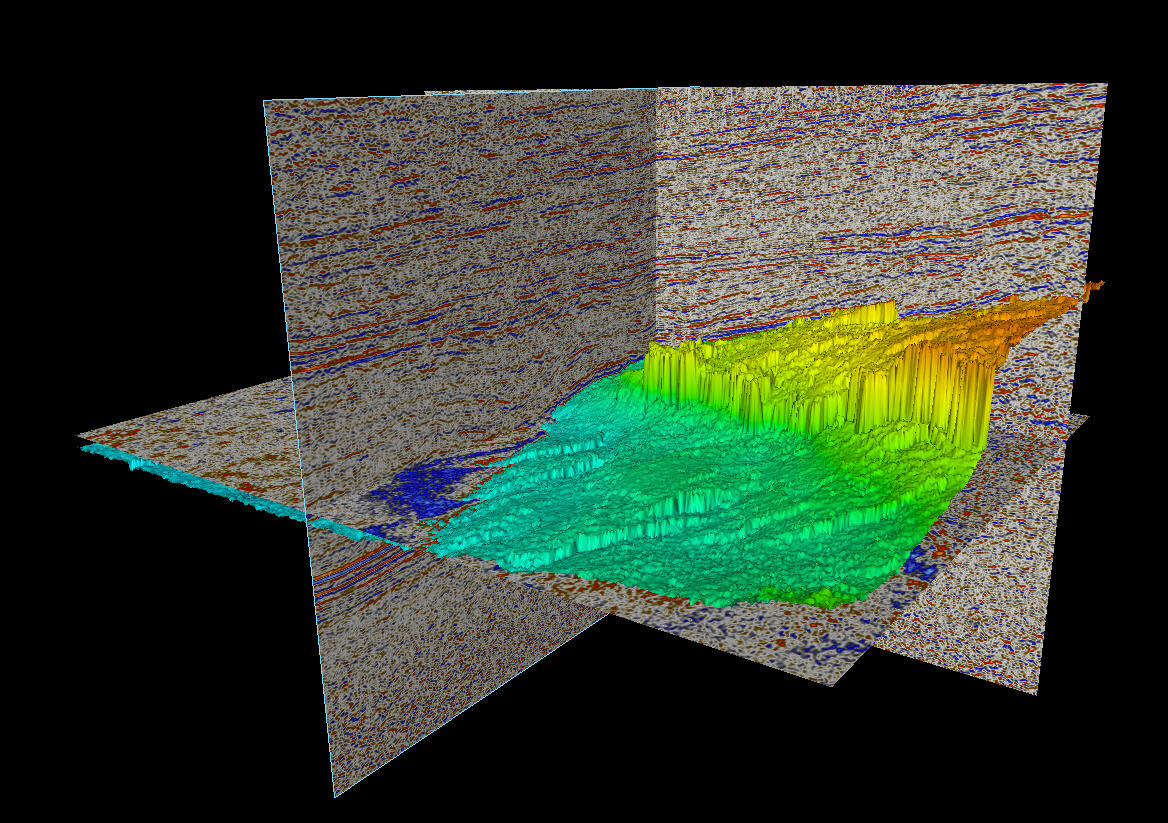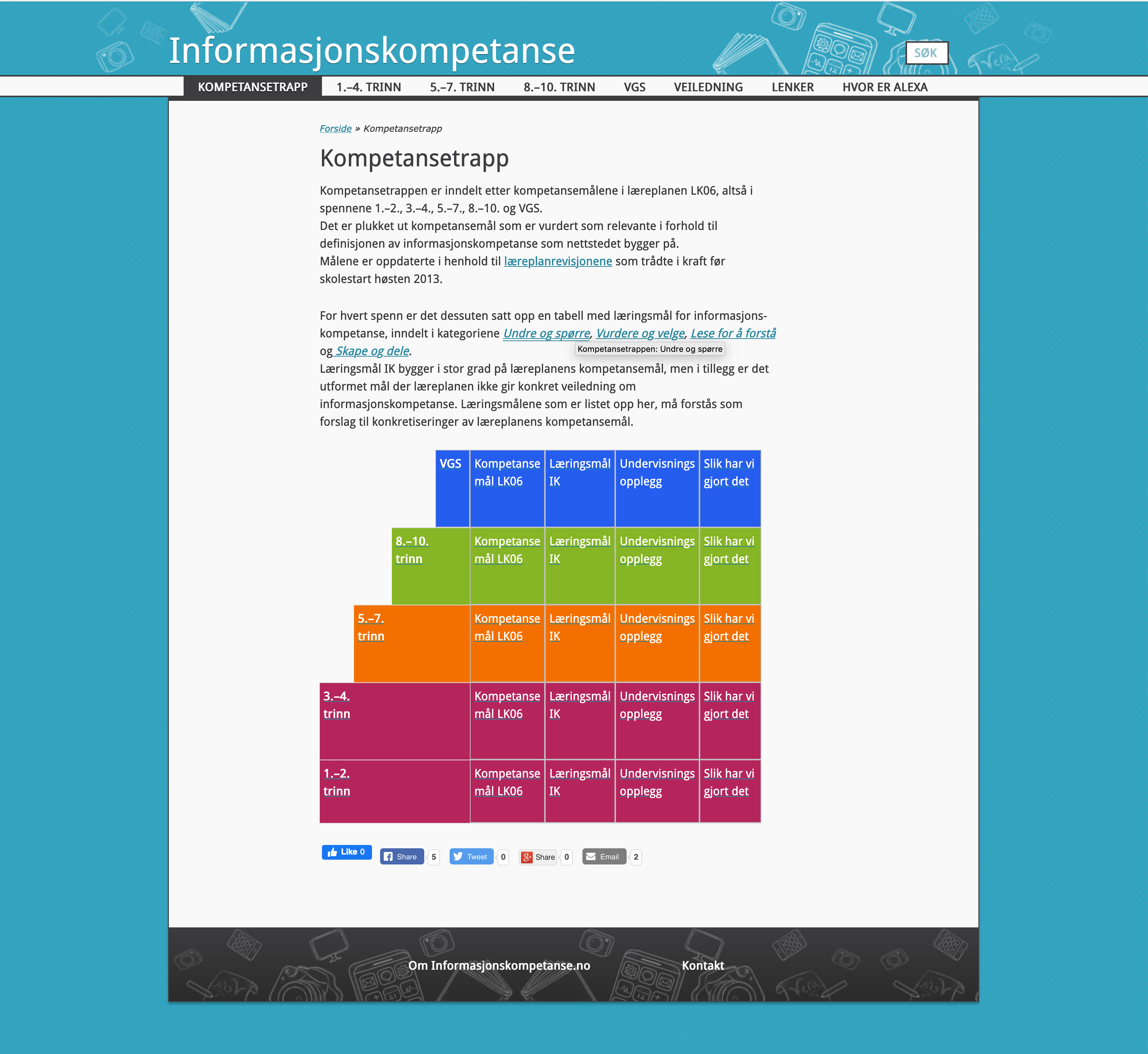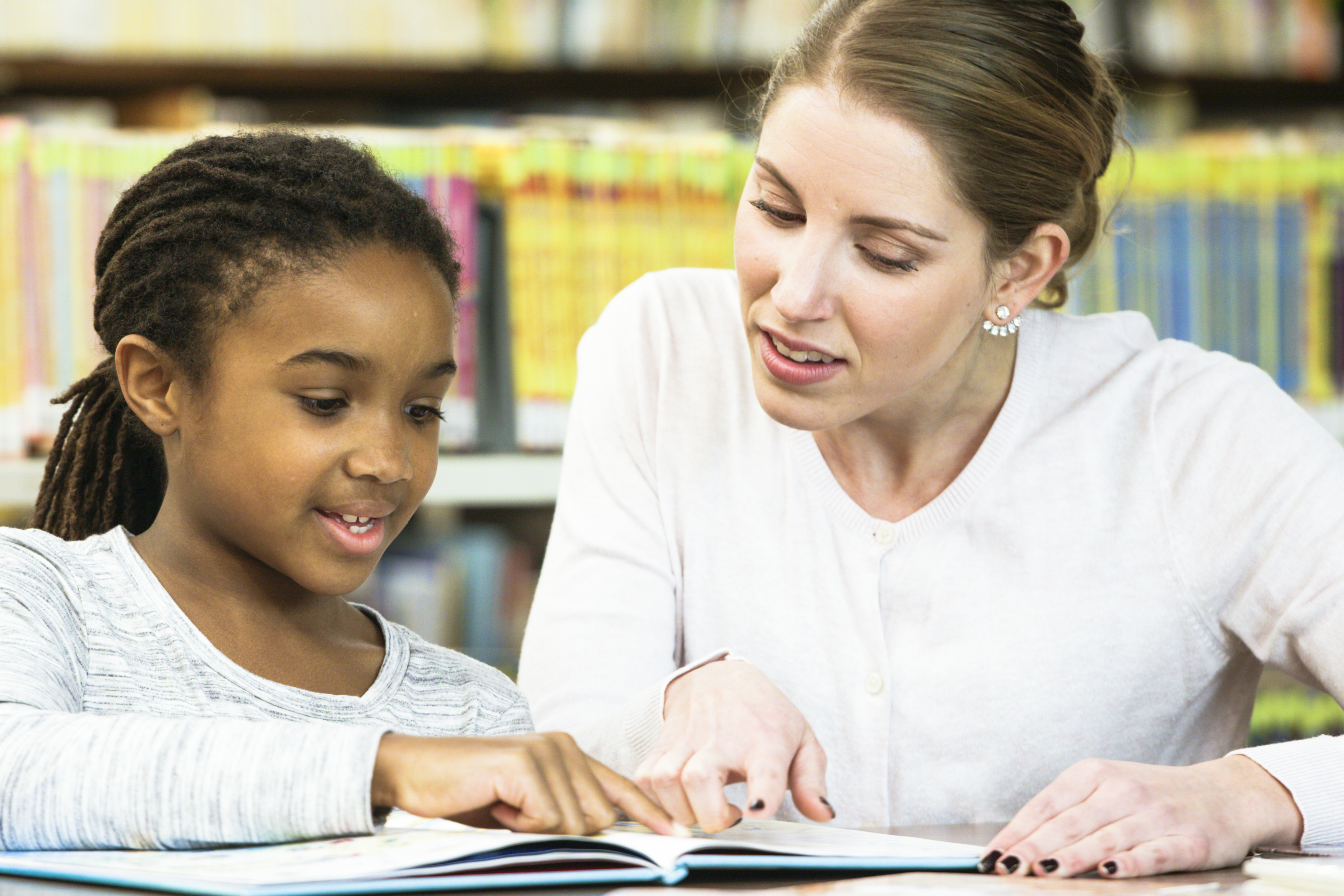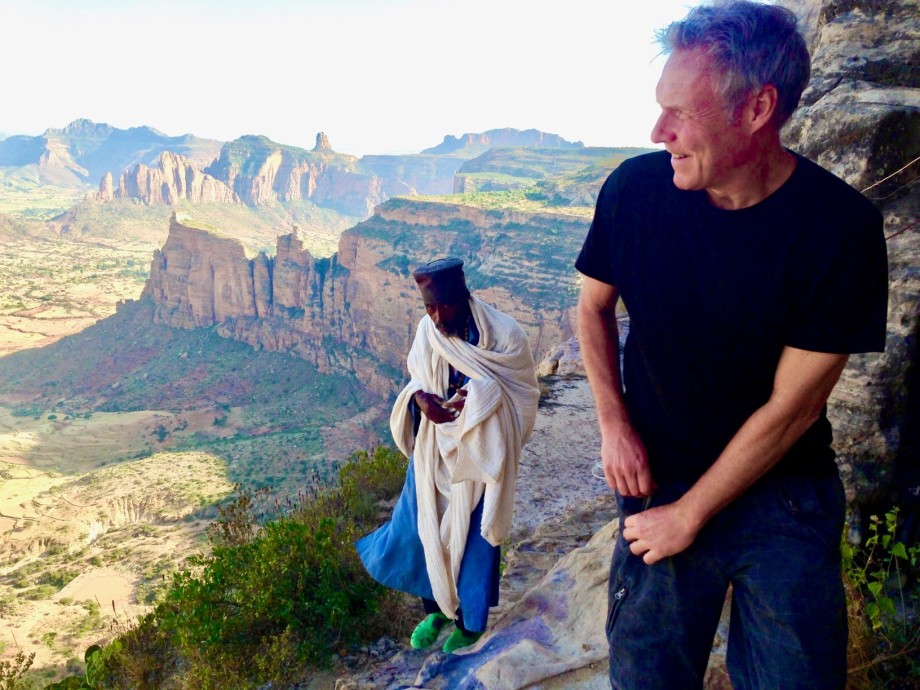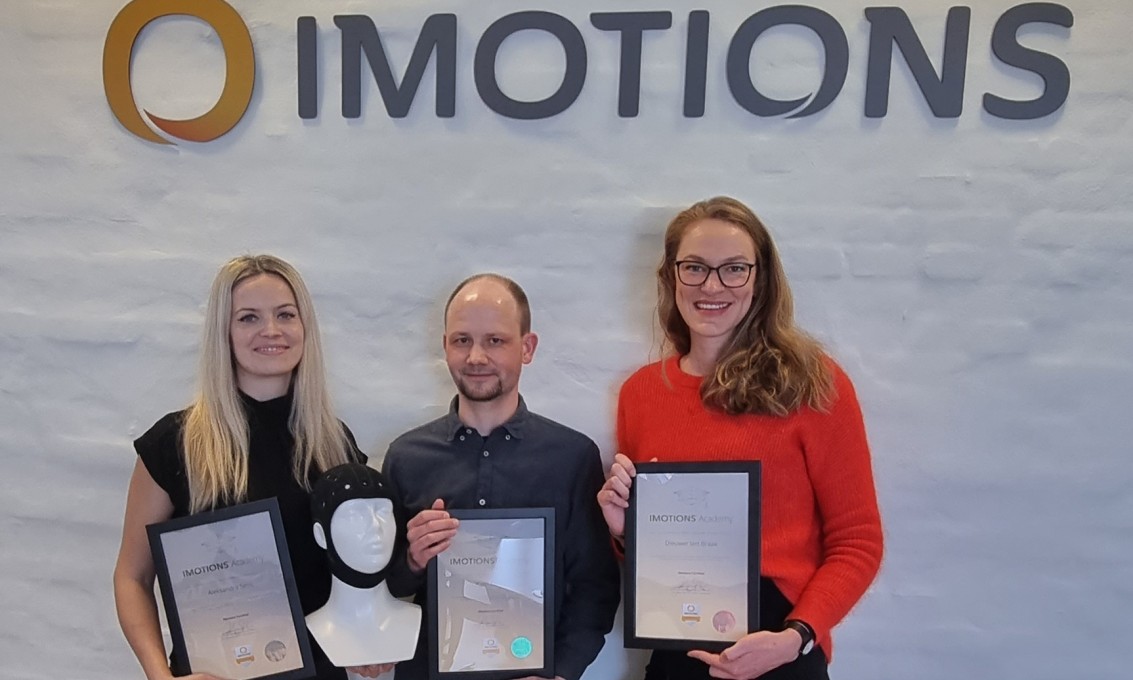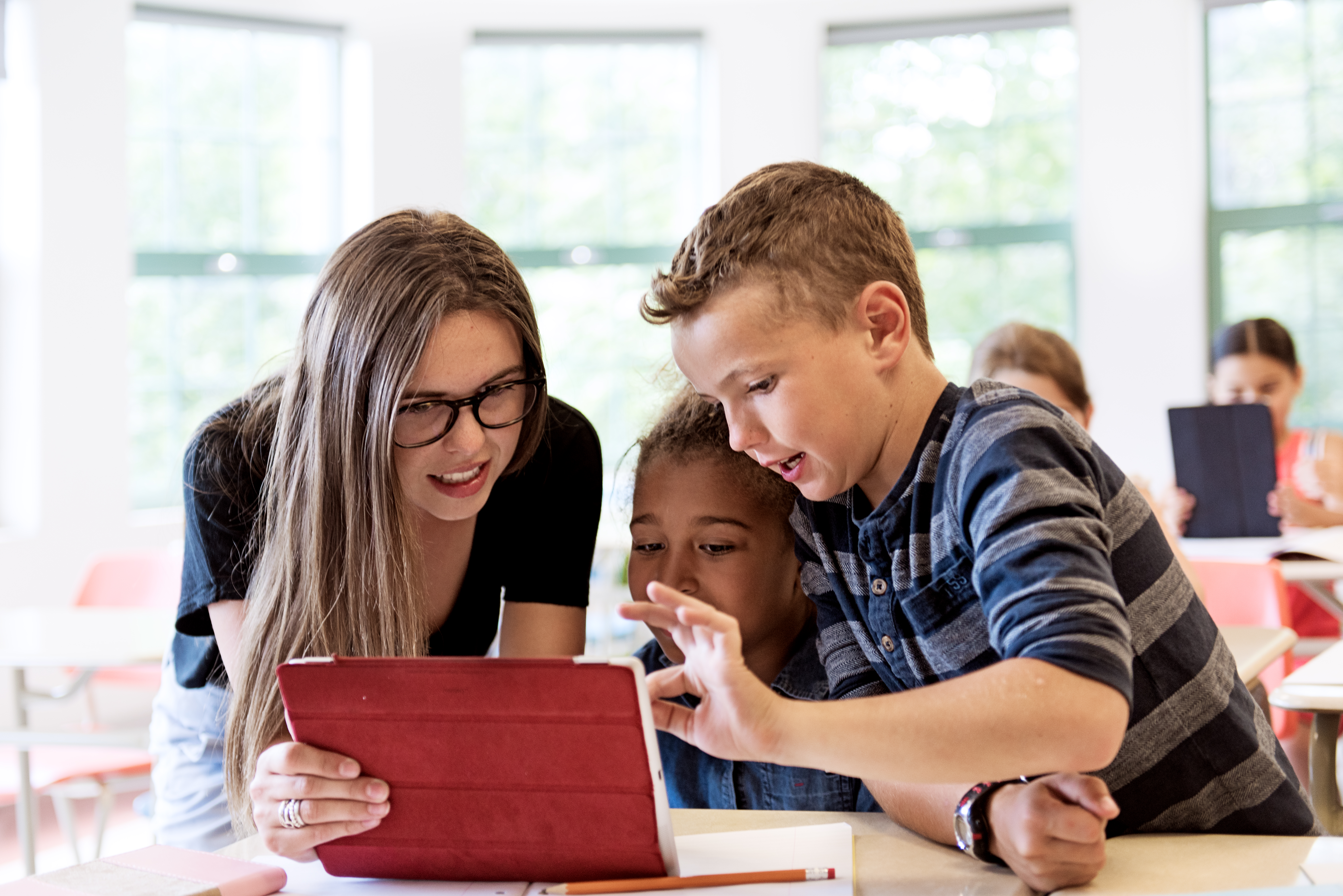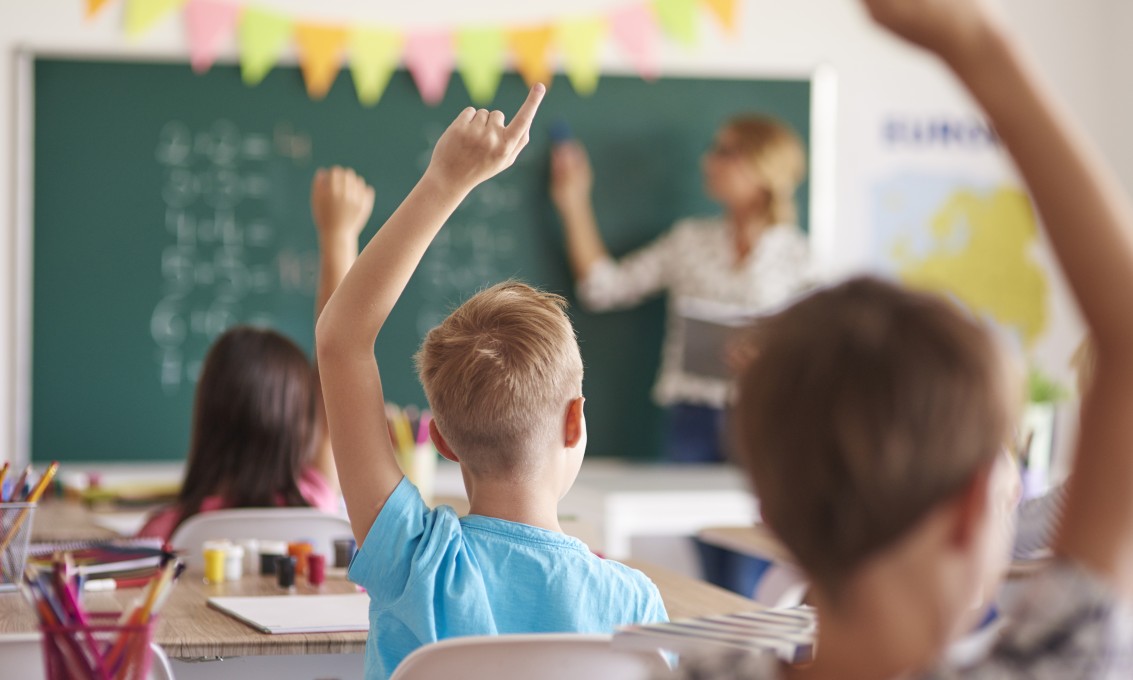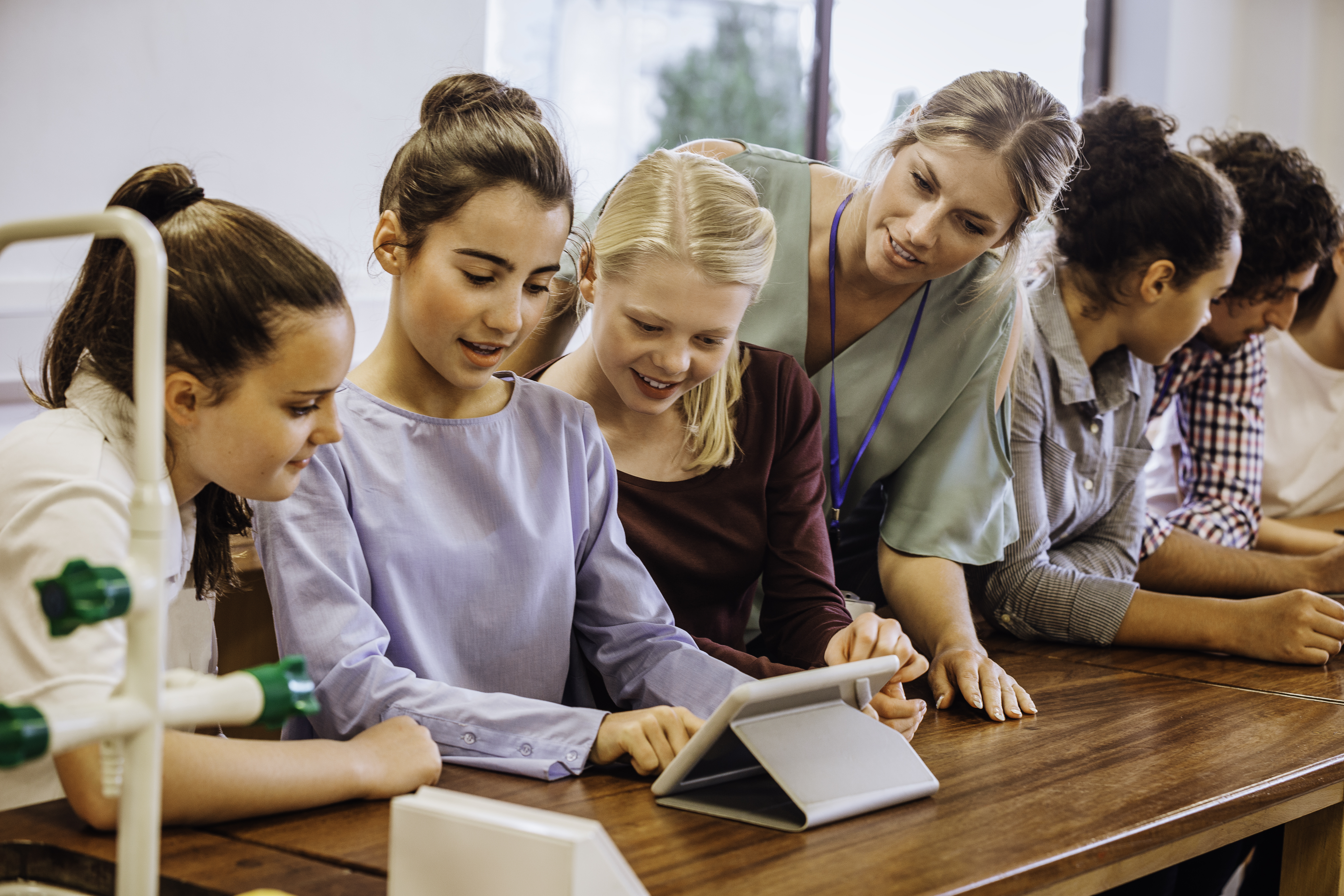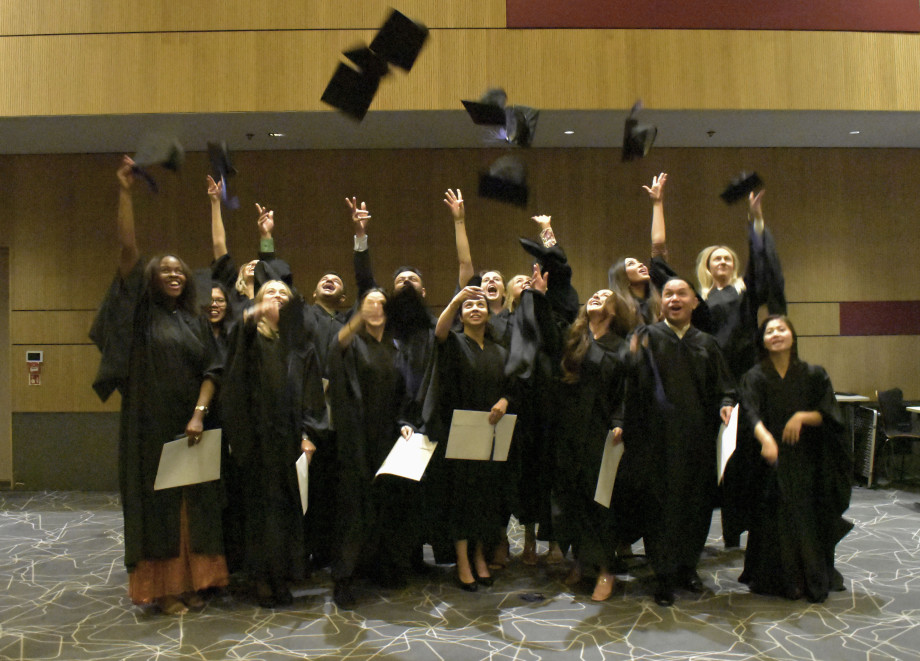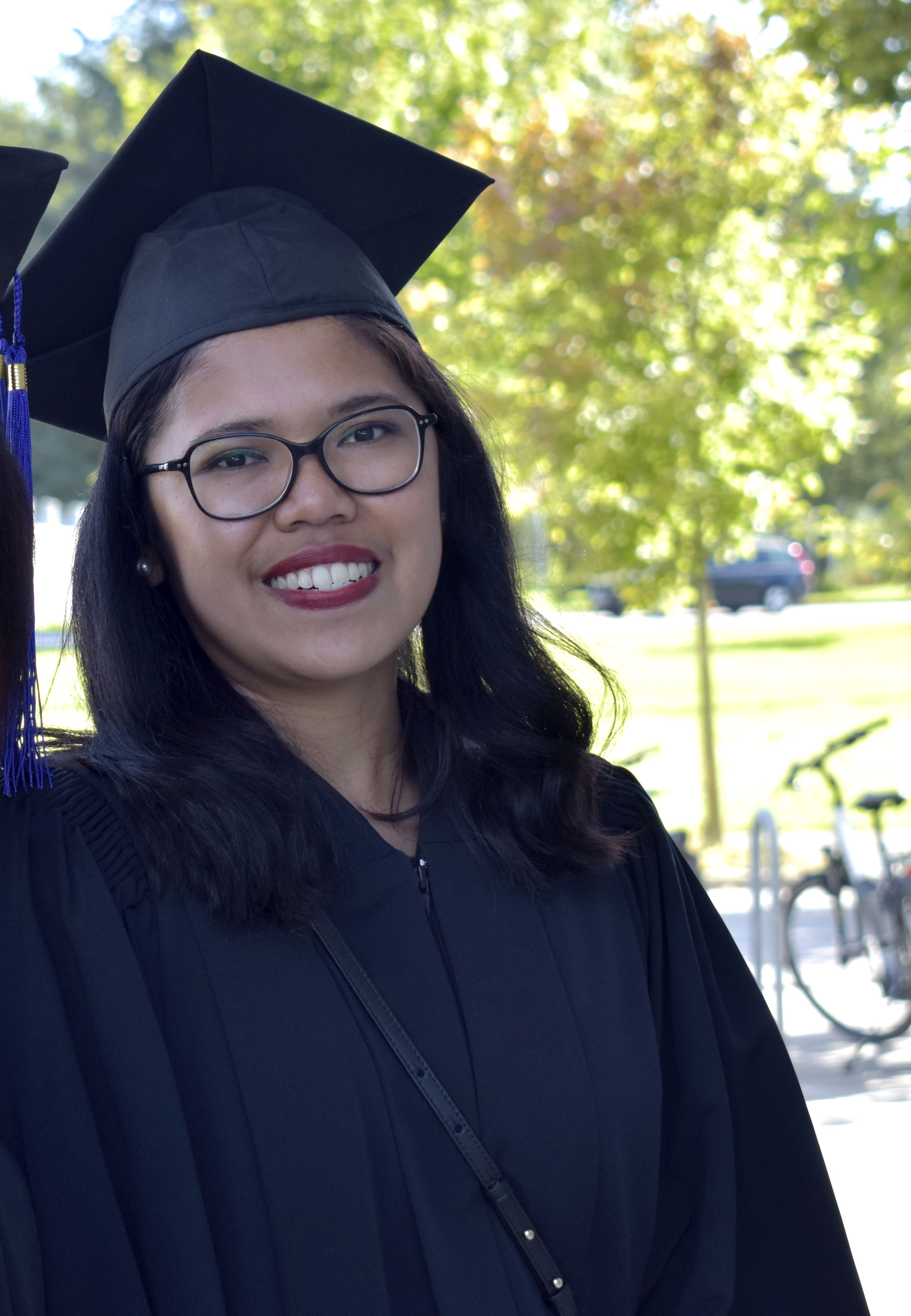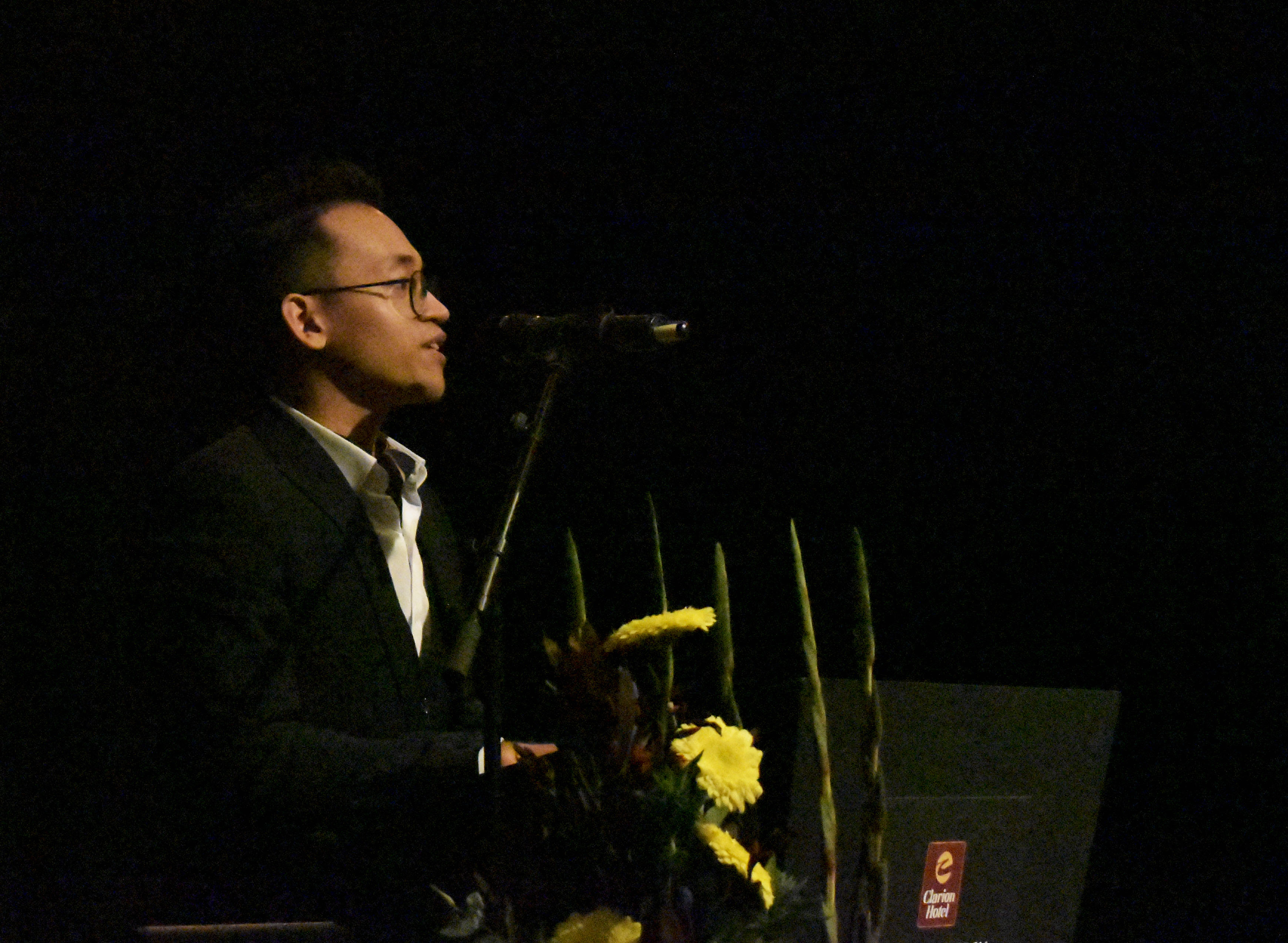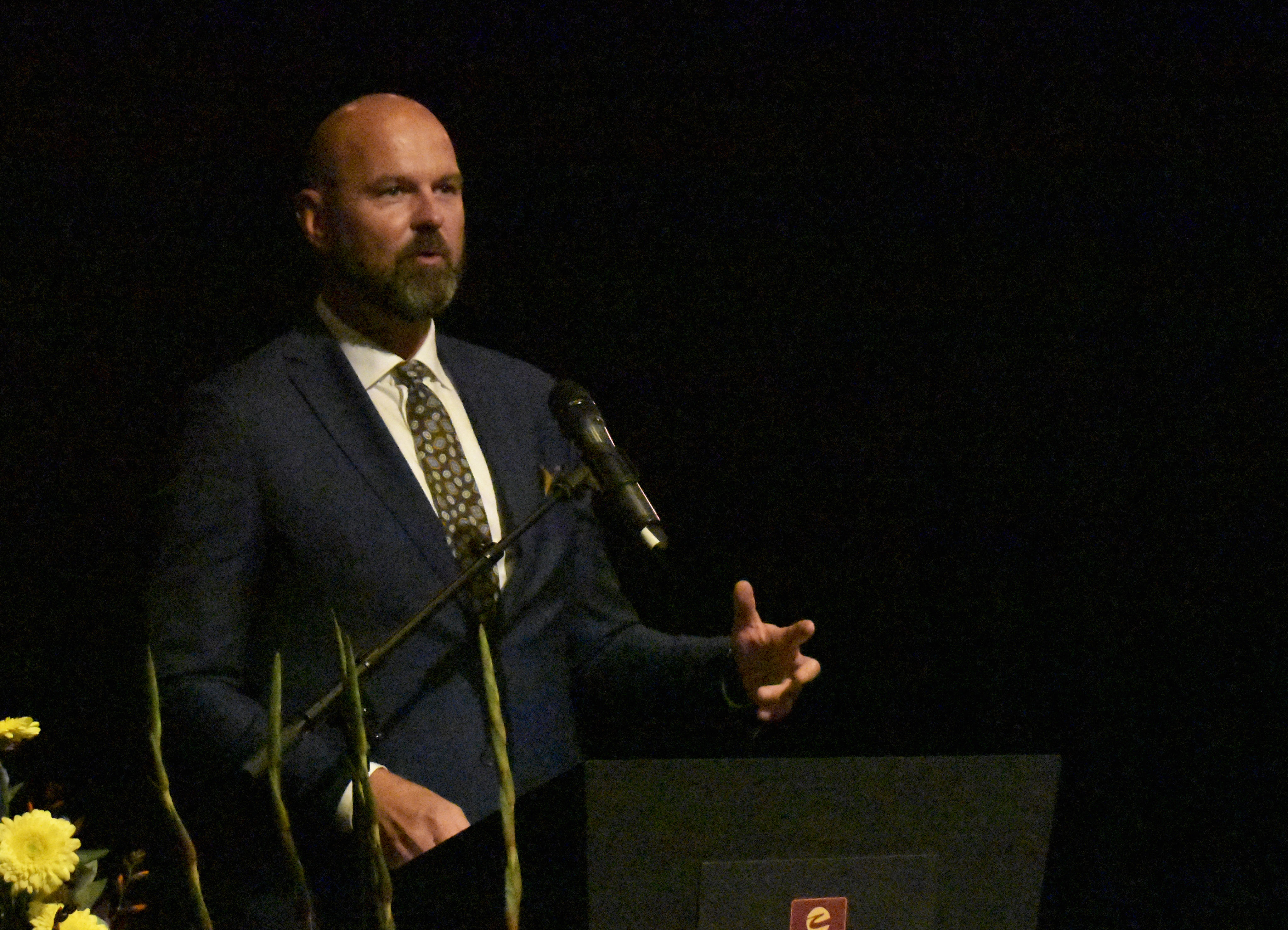Documentation for outgoing Erasmus+ students
Here you will find an overview of how to fill out the necessary documents to have your stay approved and receive the Erasmus+ grant.
(Online) Learning Agreement for Studies
Completed and signed by the student, UiS, and host institution
How to create an Online Learning Agreement (OLA)
Start by creating an Online Learning Agreement through the platform.
To log in, you can either use eduGain/Feide or Google. Please note that you must register the first time you log in.
Be careful when filling out the agreement, as there are limited opportunities to make changes after it has been signed by UiS.
Visual guide: Online Learning Agreement for studies - Semester Mobility (PDF)
Please see the boxes below for details on how to fill in the different sections of the Online Learning Agreement.
Changing the Online Learning Agreement (OLA)
If you need to change your courses during your exchange period, you must update the OLA even if this has been signed by all three parties.
Please remember that if you're changing to courses that haven not already been pre-approved by UiS, you must submit a new application for pre-approval for the new courses.
- Select Apply Changes in the menu on the right-hand side of the signed agreement under My Learning Agreements.
- Find the section where you need to make changes.
- If you're adding or removing courses from Table A, you must indicate this in Table A2.
- After making any changes, all three parties must sign the agreement again.
Please note that if you need to change to courses that have not already been pre-approved by UiS, you must submit a new application for pre-approval to your faculty/department.
What if you can't use the Online Learning Agreement (OLA)?
If your host institution doesn't use the online version of the Learning Agreement, you must submit a PDF version. You can refer to the guide for the OLA for how to fill in the different sections and fields.
Remember to either sign the PDF digitally or print the document to sign physically and scan the signed version before you send it to your student advisor for the second signature. After your student advisor signs, you must send it to the host institution for the final signature.
Once the agreement is complete, you must upload the PDF version in the Exchange Guide and notify your contact person.
Download the Learning Agreement template for studies (MS Word).
Learning Agreement for Traineeships
Completed and signed by the student, UiS, and host institution
The Learning Agreement for Traineeships is not available digitally, and you must use the document template linked below.
The first part of the Learning Agreement for traineeships is similar to the Learning Agreement for studies, and you can refer to the guide above to see how to fill in the overlapping fields.
Remember to either sign the PDF digitally or print the document to sign physically and scan the signed version before you send it to your student advisor for the second signature. After your student advisor signs, you must send it to the host institution for the final signature.
Once the agreement is complete, you must upload the PDF version in the Exchange Guide and notify your contact person.
Download the template for the Learning Agreement for Traineeships (MS Word)
Grant Agreement
Completed and signed by the student and UiS
You will receive the Grant Agreement through the Exchange Guide in the Digital Student Service Desk as the semester start approaches. Make sure to fill in the agreement carefully and note that all the fields are mandatory.
After you have completed and signed the agreement, you must upload it to the Exchange Guide and notify your contact person so that UiS can sign as well.
Below, you will find more information on how to fill in the different parts of the agreement. Please contact the International Office through the Exchange Guide if you have any questions.
Preamble
Personal information
Write your full first and last name(s) as written in your passport. You must also fill in your official residential address, including the house/building number, street name, postal code, and city.
Payment information
Fill in your account and bank details. You must write the account number where you wish to receive the grant, the account owner's name, and the full official name of your bank. You must also fill in the BIC/SWIFT and the IBAN. BIC/SWIFT codes are tied to the bank and are usually found on the bank's website. The IBAN is for the individual account, and must be found in your online bank or equivalent.
Remember to be careful when filling in these fields and double-check all the information, as it is used to pay the grant.
Total amount includes
In this section, you can tick the boxes for additional grants that are relevant to you. The base grant and the travel grant are ticked by default.
Read more about the Erasmus+ grant rates
Additional grant for traineeships
If you are going on exchange to do a traineeship, you must tick the box for "top-up amount for traineeships."
Additional grant for underrepresented groups
- Students with children or other caring responsibilities: Students who have children under 18 years old, regardless of whether the child accompanies them on the exchange. Students who are the primary caregiver of younger siblings, elderly family members and/or family members with serious mental and/or physical illness or addiction
- Students with long-term disabilities and chronic illnesses
- Students with refugee status
- First-generation students: Students who are the first in their family to complete higher education, and who do not have parents or siblings who have previously completed higher education
- Students who belong to or have a connection to the indigenous population (Sámi) or one of the national minorities (Jews, Kven/Norwegian Finns, Romani/Taters, Forest Finns and Roma)
If you belong to any of these categories, you may tick the box for "top-up amount for students with fewer opportunities." You will then be contacted by the International Office and asked to sign a Declaration of Honour to confirm that you are a student belonging to an underrepresented group.
Inclusion support for special accommodation
If you are applying for additional financial support to accommodate special needs, you must tick the box for "inclusion support." The International Office will contact you to follow up the next steps.
Read more about accommodation for Erasmus+ students
Article 2: Duration of Mobility
- 2.1: Enter the estimated start and end dates of your stay. You can refer to the academic calendar, but we recommend entering the start of the exam period as the end date to reduce the risk of having to repay parts of the grant if you have an earlier exam.
- 2.2: Fill in the same start and end dates as in 2.1. You must also write the number of days you will be on exchange.
Article 3: Financial Support
- 3.2: Fill in the same number of days as in 2.2.
Article 7: Insurance
- 7.1: Check which insurance types apply to your exchange. This depends on whether you are attending studies or a traineeship, but note that health insurance in mandatory for everyone. You must then carefully read the information on the website about insurance during your exchange.
- 7.2: Tick the box indicating that you have read the information about insurance for your exchange. You must also tick the box indicating that you will obtain the required insurance before you start your exchange.
Read more about insurance during your exchange
Signatures
Write your full name, as well as the place and date for the signing. You can either sign the agreement digitally, or print the document and sign physically.
After you have signed the agreement, you must upload it to the Exchange Guide and notify your contact person.
Confirmation of Erasmus+ Exchange Period
Completed and signed by the host institution
The final Erasmus+ grant is calculated based on the number of days you have actually been physically present at the host institution to participate in studies or a traineeship during your exchange. After your exchange period is completed, you must submit a confirmation of the duration of your stay.
Download the document: Confirmation of Erasmus+ Exchange Period (pdf).
You must get this document completed and signed by the host institution at the end of your exchange period, and then upload it to the Exchange Guide.
What is the confirmation used for?
The main grant is calculated based on the dates you provide in the grant agreement. This is the first payment you receive.
The host institution fills in the actual start date (first lecture date/orientation week) and end date (final physical exam or equivalent), and then signs the document. The total grant amount is adjusted at the end of the stay based on the dates specified by the host institution.
After this adjustment, you may receive any remaining grant or be asked to repay parts of the grant.
For traineeship students
You must fill out the After the Mobility section in the learning agreement for traineeships after the placement is over. If the host institution provides exact dates for your stay in this section, you do not need to submit the form Confirmation of Erasmus+ Exchange Period.
Please note that traineeship students who are on exchange for only 2 months will receive the full grant at the beginning of their stay.
Student pages
Kitty Kiellands hus, Rennebergstien 30, 4021 Stavanger Universitetet i Stavanger, Postboks 8600 Forus, 4036 Stavanger +47 51 83 10 00 971564679Follow us on social media
Instagram
LinkedIn
Facebook
X
YouTube
About the website
Privacy and use of cookies
Accessibility statement (in Norwegian)







